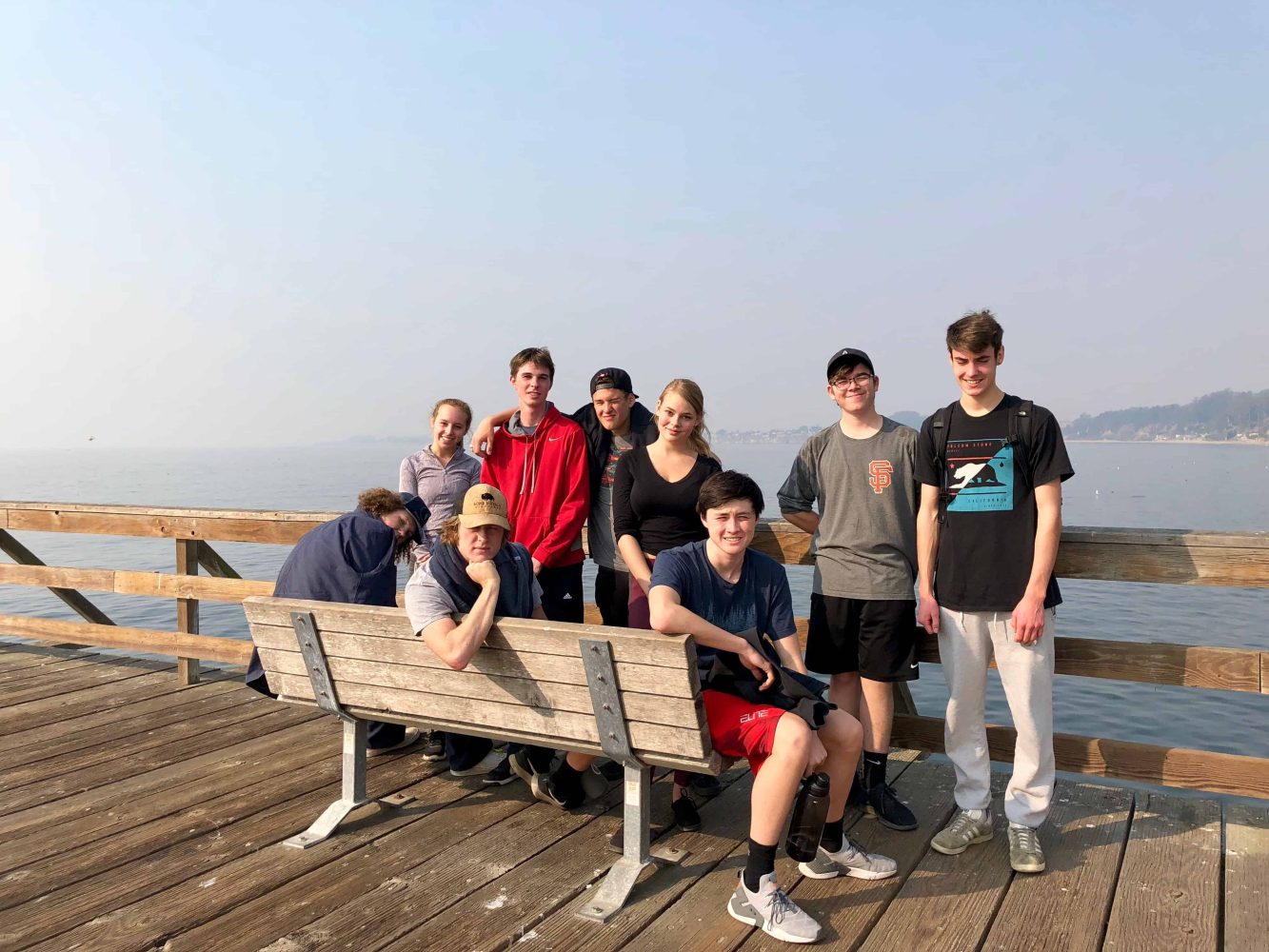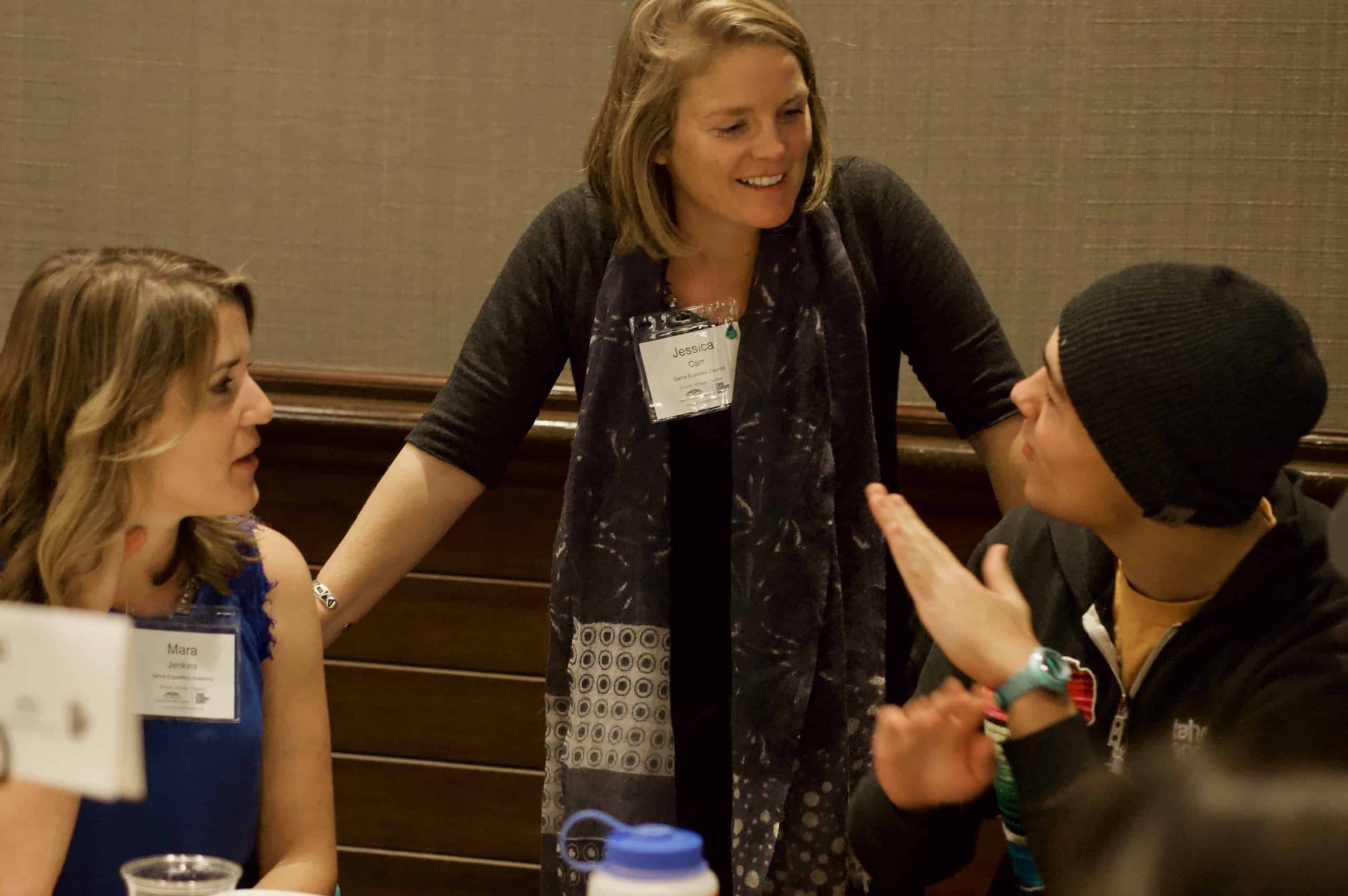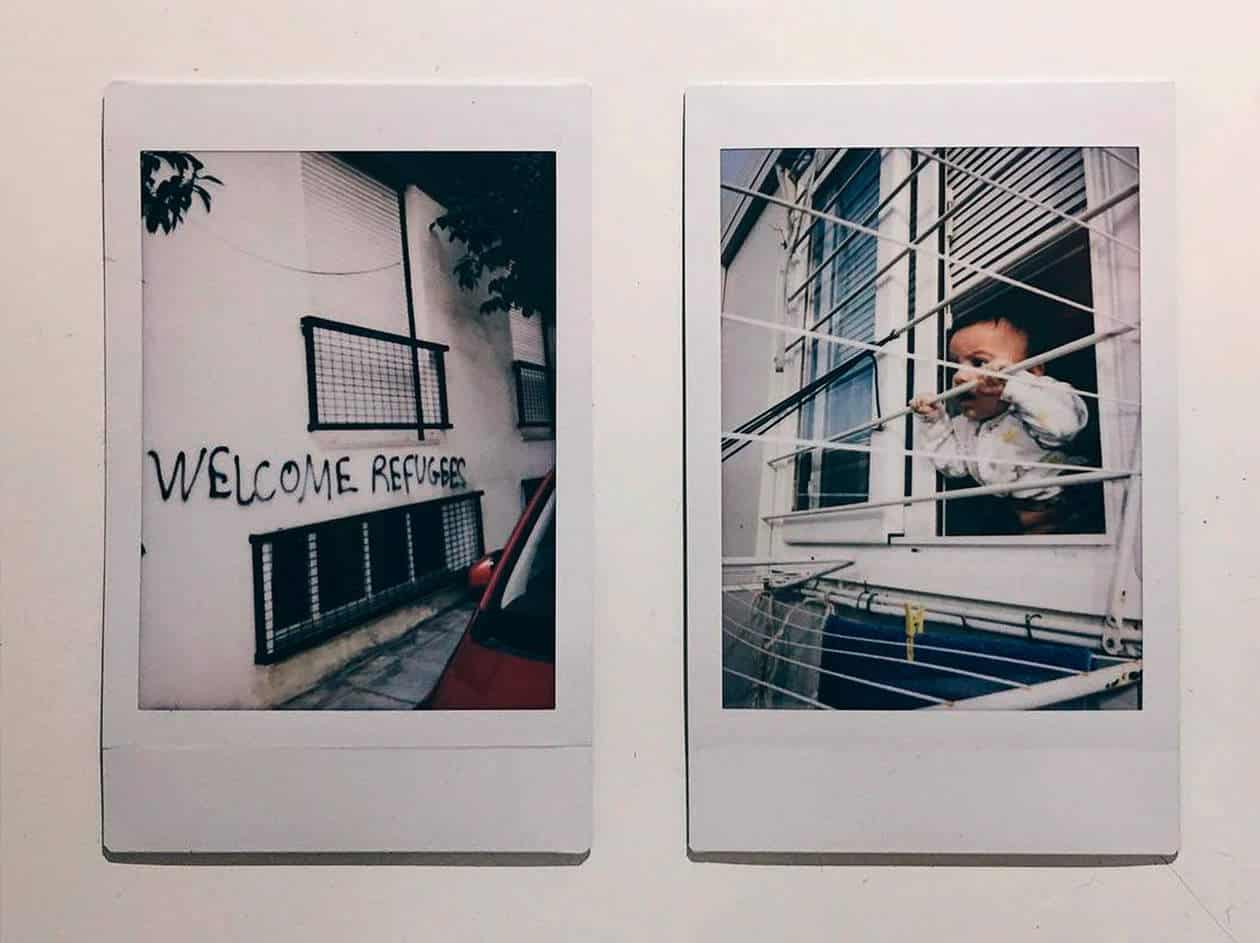Examining the Criminal Justice System
"This trip reinforced my values to not judge a book by its cover. It opened my eyes to those formerly incarcerated that are turning their life around."
For their student-designed Expedition, our group of 11th and 12th-grade students definitely picked an interesting subject to explore. Students knew there was a problem with incarceration in the United States and that the overwhelming majority of criminals (70%-80%) end up back in prison.
But they didn’t know much about the economic and racial issues in the system or how hard it really is to get a job after serving time. In true TEA fashion, they took learning out of the classroom and into the field to investigate the criminal justice system, high recidivism rates in the United States, and figure out how to support reintegration.
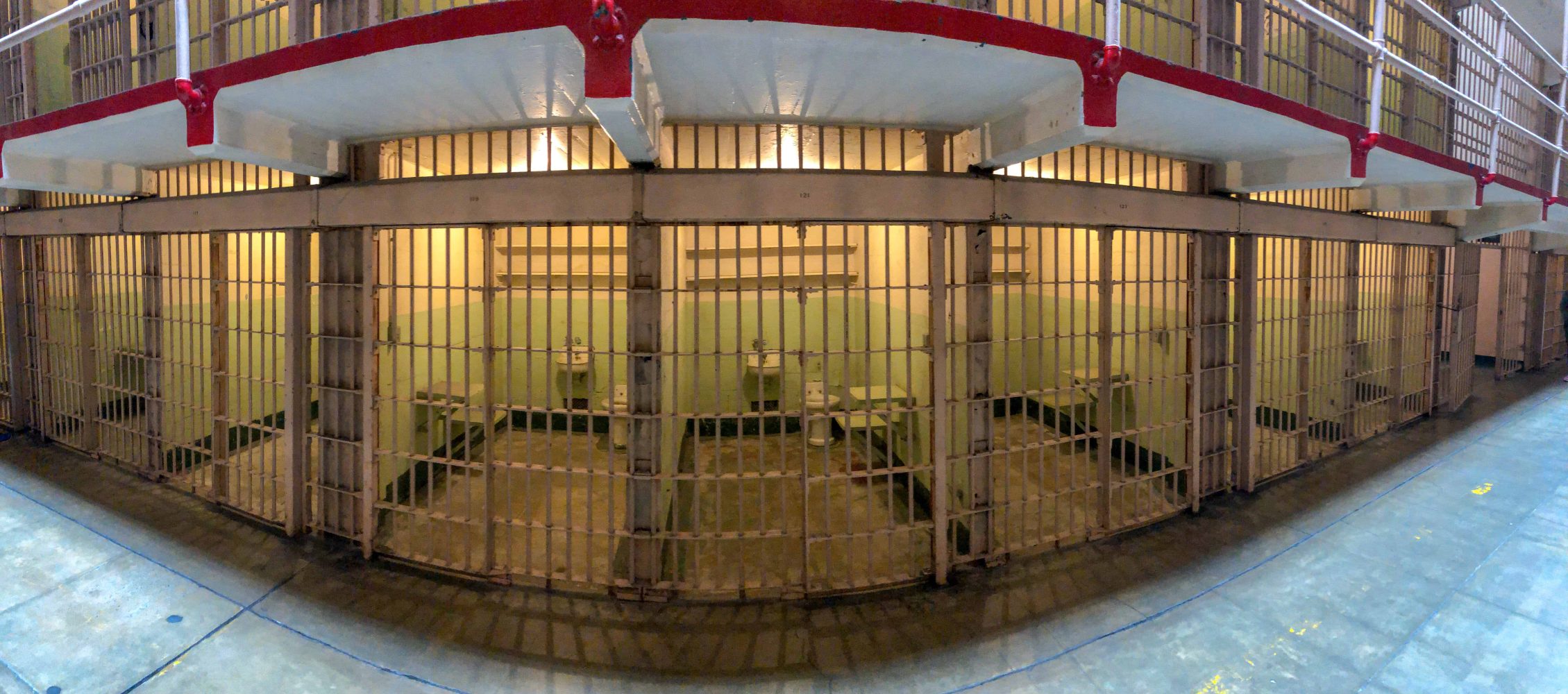
To frame their Learning Expedition, the students created a real-world problem statement, guiding questions and learning targets.
Real World Problem Statement
The United States holds the highest prison population despite only having 5% of the world population. 2,220,300 adults were incarcerated in US federal and state prisons, and county jails in 2013 – about 0.91% of adults (1 in 110) in the U.S. resident population. When people get out of prison after an extended period of time, they have a difficult time reintegrating back into society and struggle to find jobs and housing.
Guiding Questions
– What can we, as non-ex convicts, do to help people reintegrate into society and the workforce outside of prison?
– Why do 68% of criminal offenders have more than one offense according to the National Institute of Justice?
– What are some of the biggest factors that lead to crime?
Learning Targets
– I can identify and evaluate the political and social challenges post-incarcerated individuals face reentering society.
– I can articulate the logistical problems prisoners have finding jobs and housing post-prison.
– I can create potential solutions to the reconviction problem of incarcerated individuals in the United States.
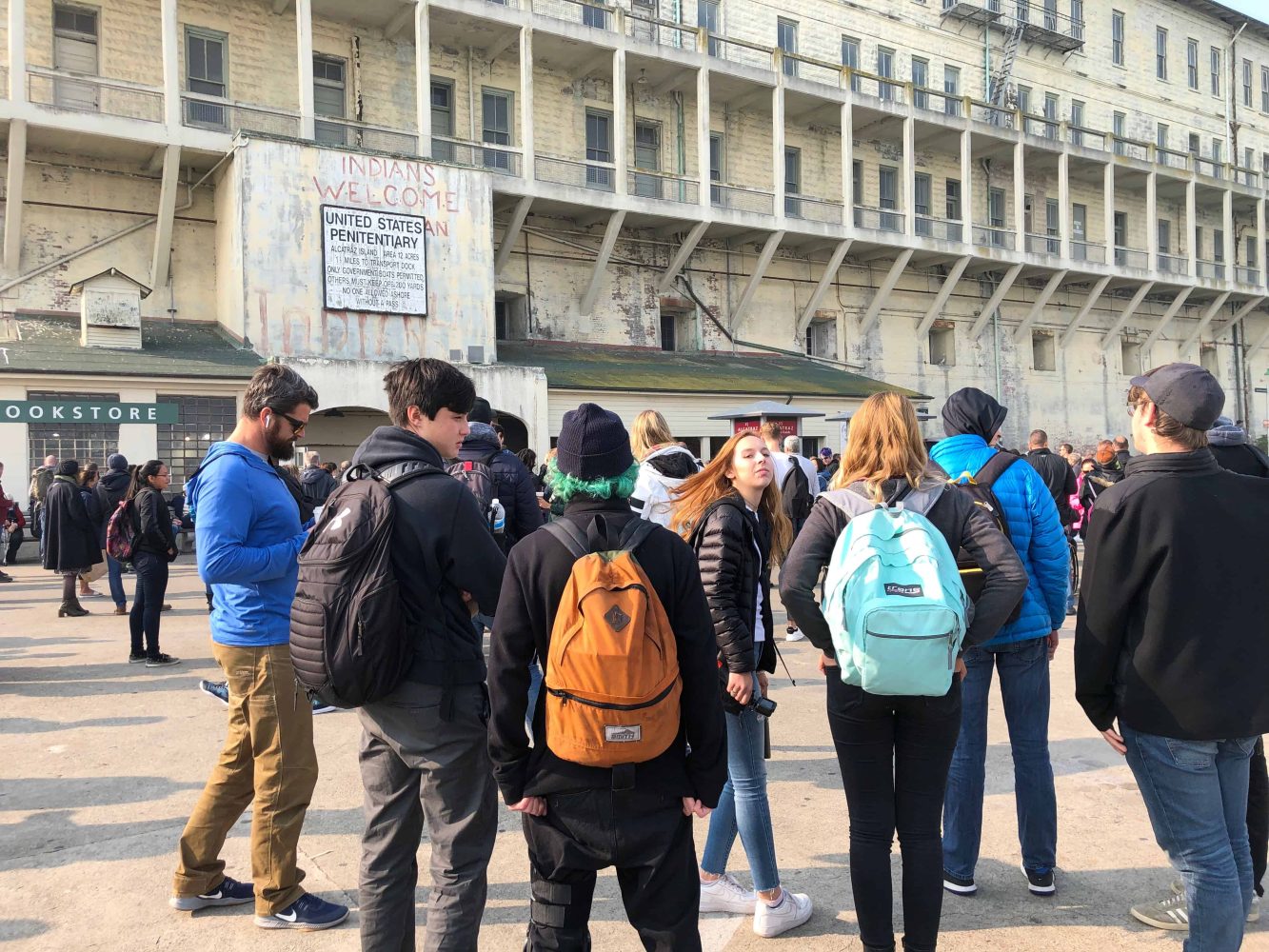
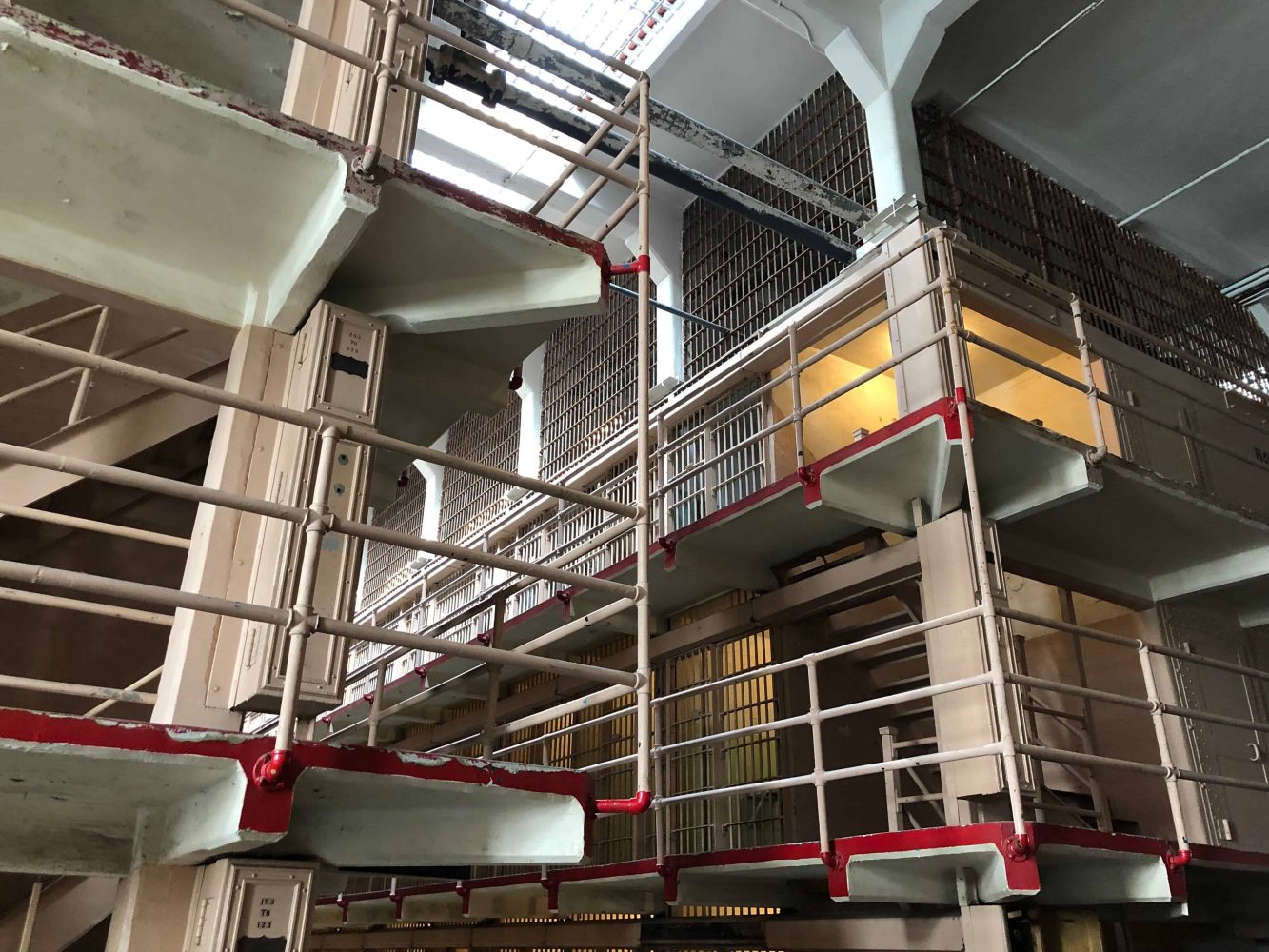
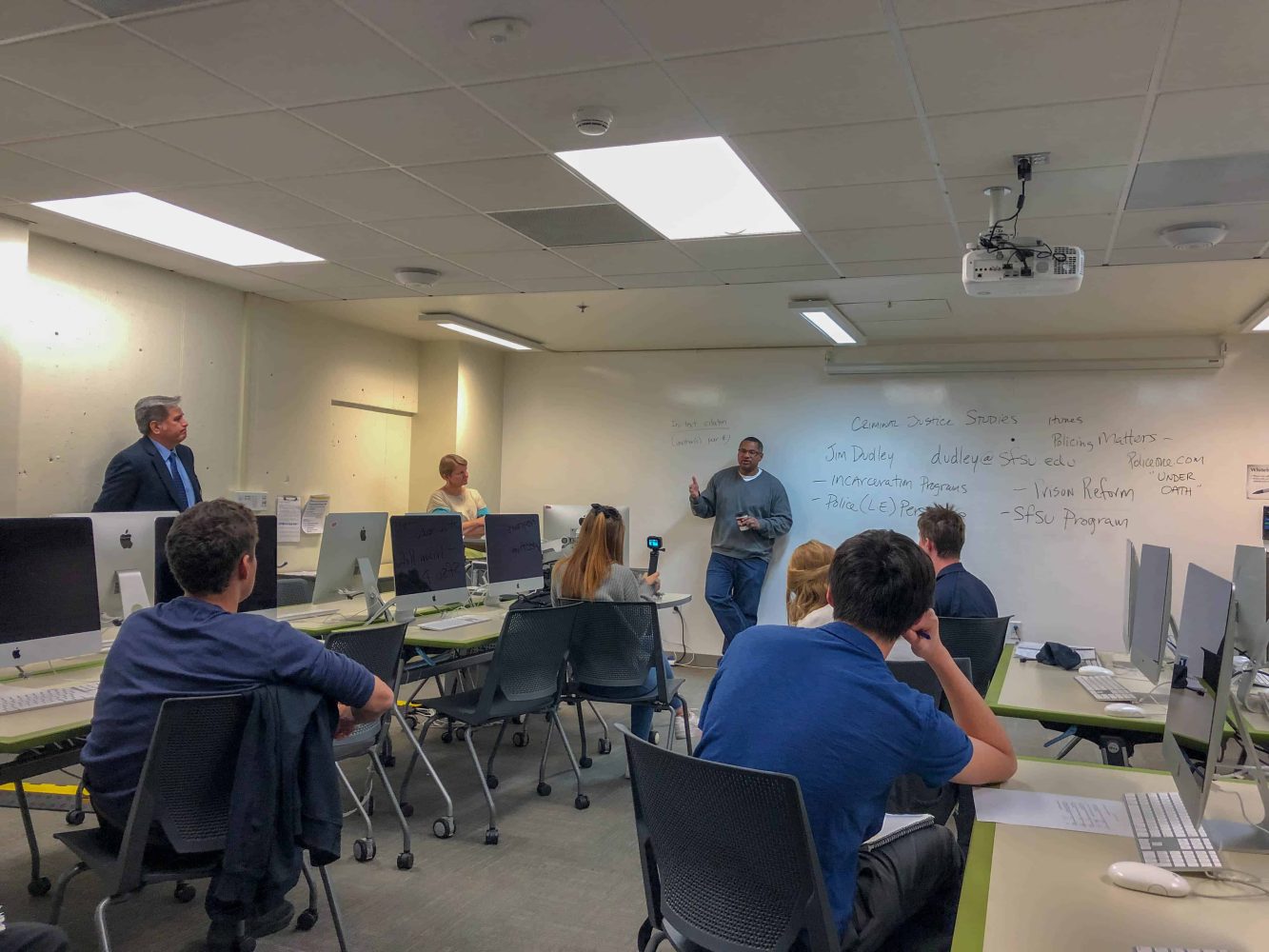
"I am going to walk away from this with more forgiveness. People can and will change given the right tools."
Students dove right into their Expedition with a trip to Sacramento where they observed a murder trial. During this experience, students witnessed a grieving family, all of the people involved in the case, and how they presented the story to build the case. Prior to this, students had only witnessed trials on TV, and it seemed more like entertainment. This real-world experience certainly set the stage for the rest of the Expedition.
Next, the students met with formerly incarcerated youth from the Anti-Recidivism Coalition (ARC) and the Director of the Division of Juvenile Justice. Going to ARC and hearing the ex-convicts’ stories was another dose of reality. They walked away understanding how one act can change the course of your life.
After their meetings at ARC, they traveled to Santa Cruz where the students interviewed business owners about their stance on hiring formerly incarcerated individuals and met with the Director of Freedom Within Prison Project, a non-profit which teaches emotional literacy to Max 4 prisoners (highest level security prison). Instead of reacting with anger, prisoners are taught mindfulness through powerful group workshops.
Malcolm Dydo – Director of Freedom Within Prison Project talked to the students about how lucky they are to get to decide things for ourselves, even choosing a bag of chips, unlike prisoners. When they talked to business owners in Santa Cruz, they were surprised how many were OK hiring ex-cons. People seemed to want to do something.
Their final location was in the Bay Area where they met with a retired SF Police Department and current criminal justice professor at SFSU, Directors at Project Rebound, 4 Alameda County Probation Officers and 1 retired parole officer, and 2 residents/workers/formerly incarcerated individuals at the Delancey Street Foundation. During these meetings, students learned how ineffective probation can be when Probation Officers are stuck working an 80 person case load each month. They also came to understand how not one program will work for everyone. Some people may find parole helpful while others find it hard. There is no one clear path that everyone should take.
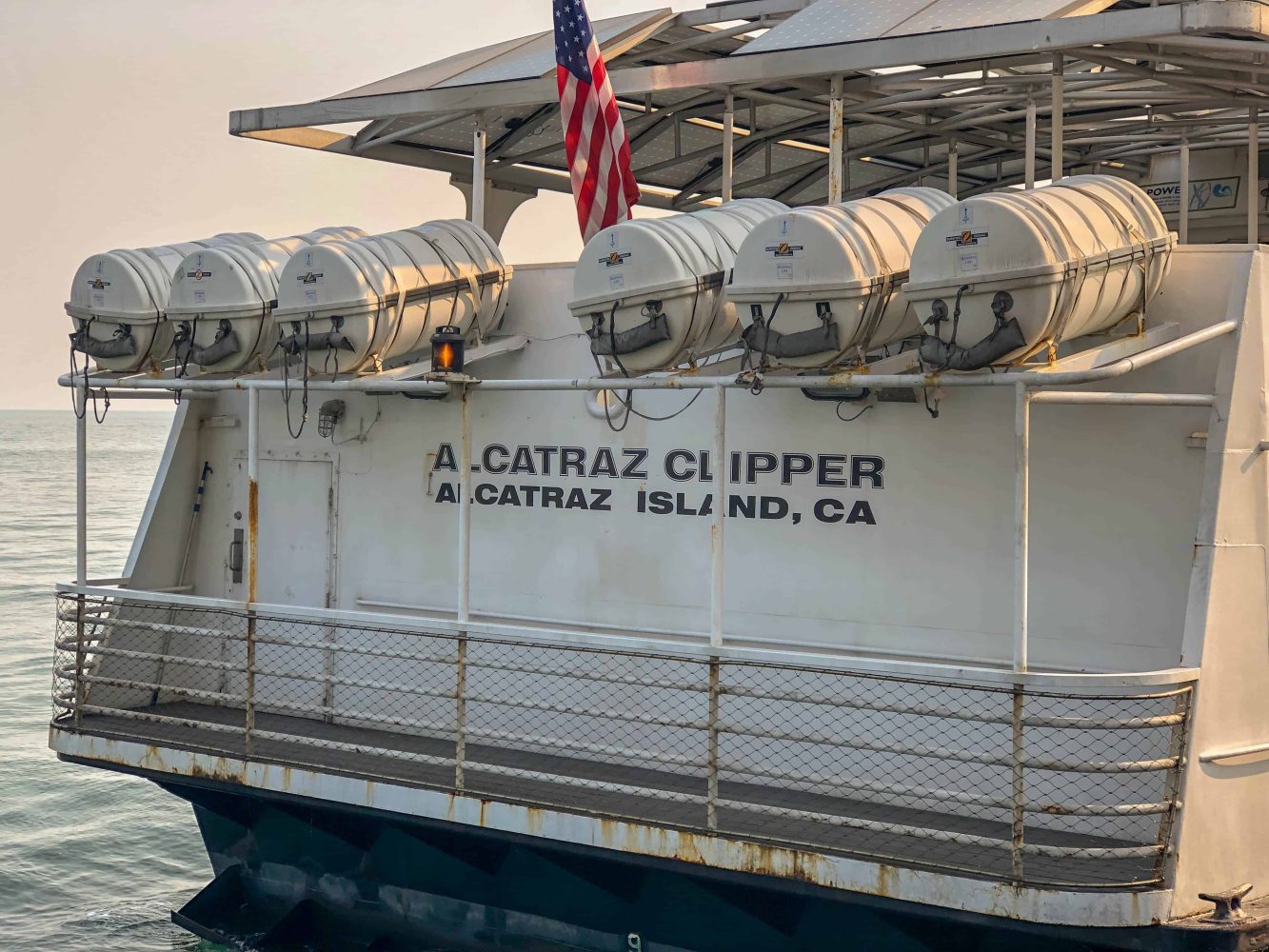
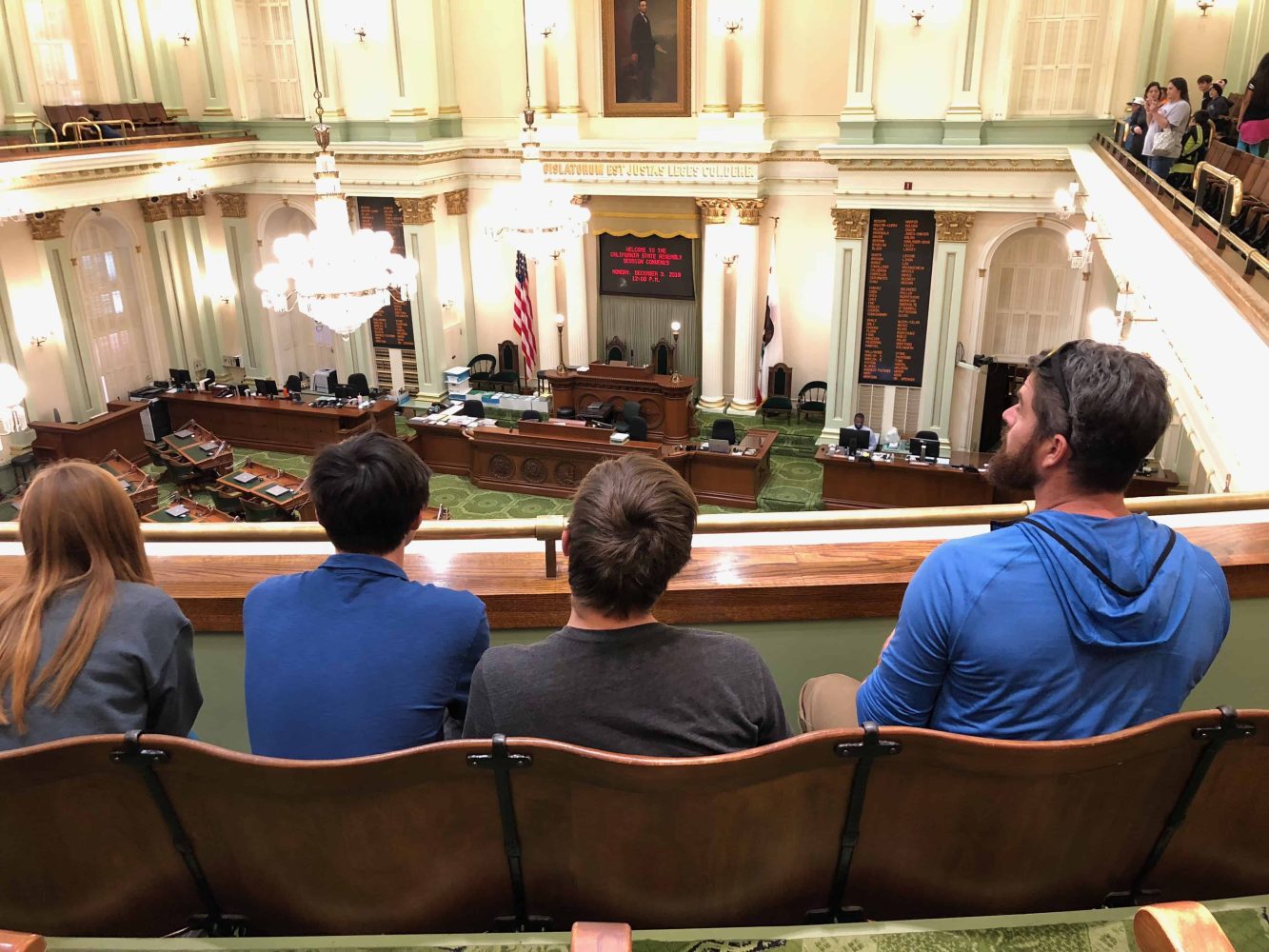
Students reflected on what they learned and what they will take away from this fieldwork on their final night. Some of the comments included:
-I am grateful for my family and my school. I am walking away with more gratitude for what I have.
-This trip reinforced my values to not judge a book by its cover. It opened my eyes to those formerly incarcerated that are turning their life around.
-I am going to walk away from this with more forgiveness. People can and will change given the right tools.
-Whatever you want to have you have to earn it. It won’t be easy and it won’t be quick, but you will get what you work for.
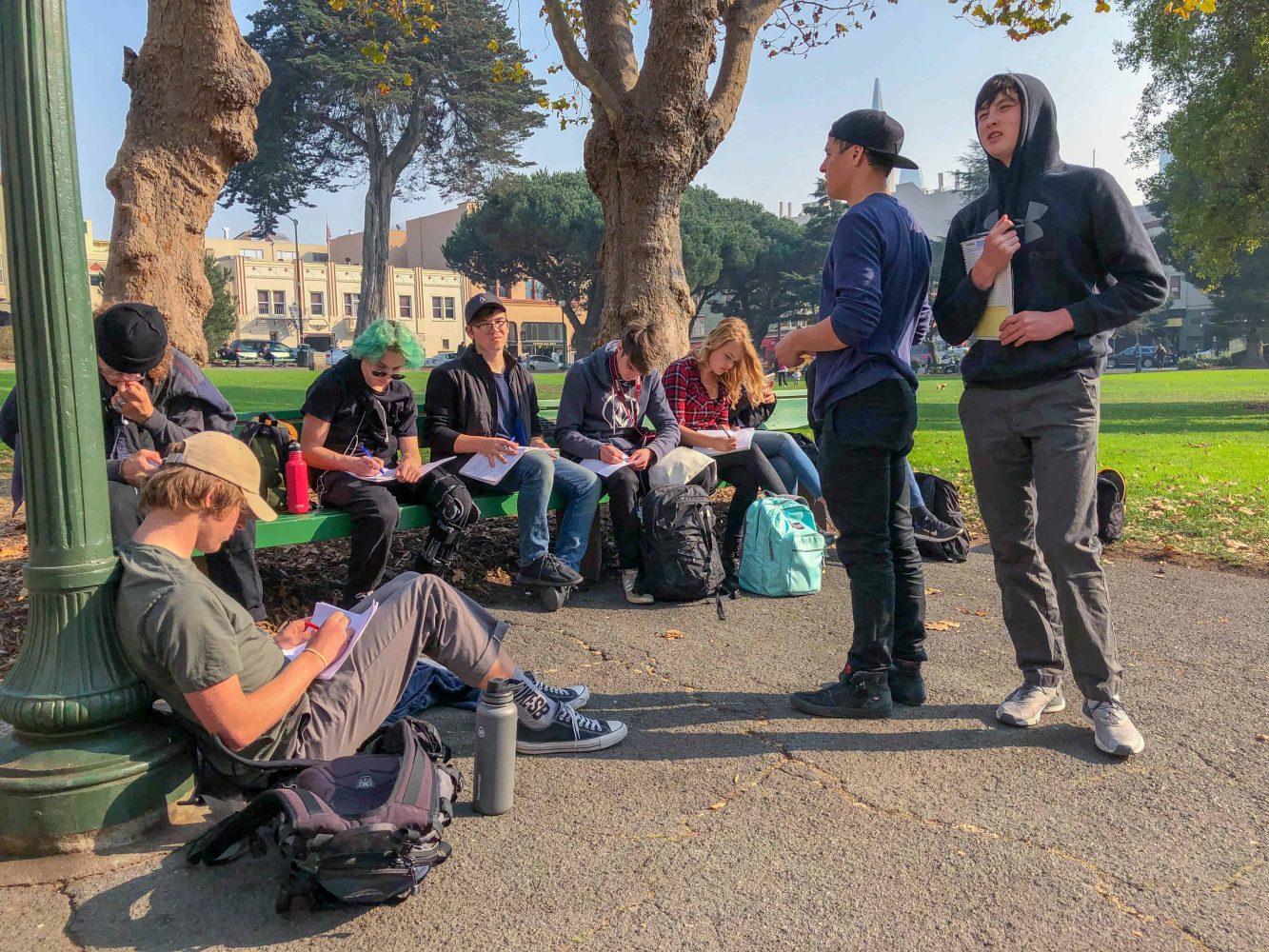
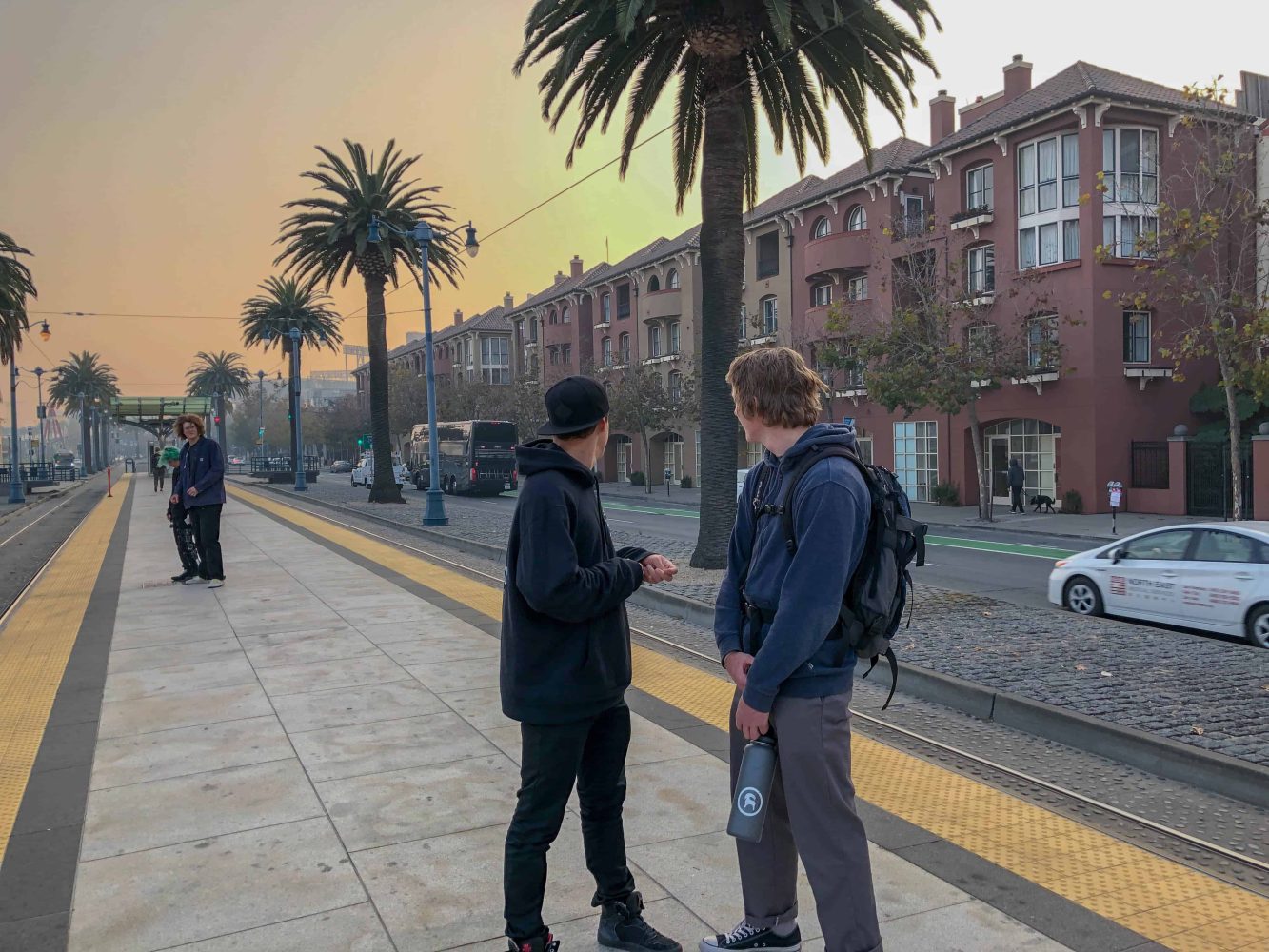
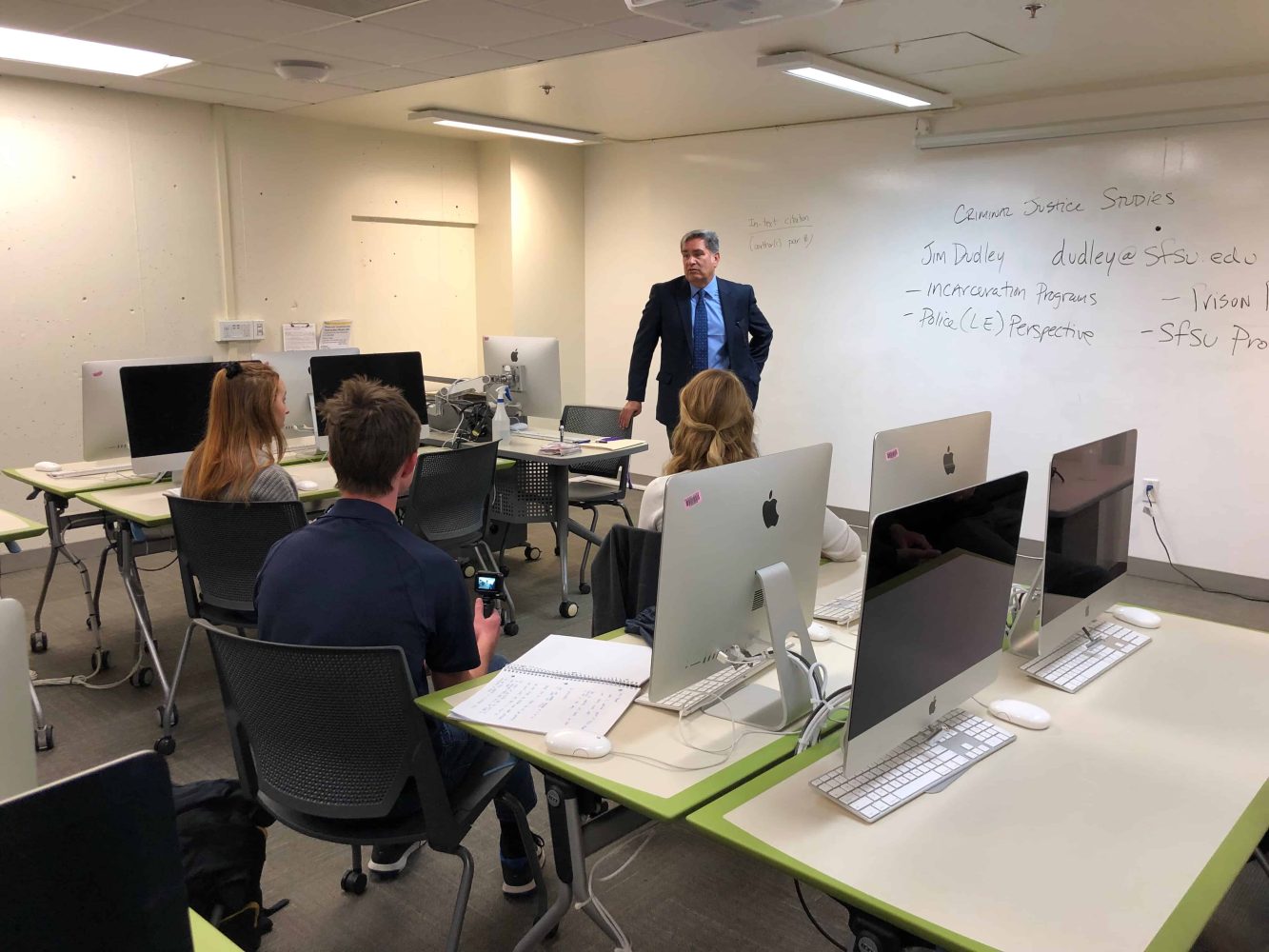
The students are now brainstorming ways to support reducing recidivism rates in the United States.
Along the way, students learned skills such as meal planning, cooking, physical fitness, surfing, self-control, social media regulation, and navigating urban environments via public transportation. When we asked how they felt like they personally grew on the trip we heard things like:
– I have gotten a lot better at being able to talk and interact with people and experts.
– I made healthier choices and I am committing to exercise regularly now.
– I learned how to cook.
– I learned to be calm when things don’t work out: what is going to happen is going to happen and I can’t let my anxiety go crazy over something like that.
– I improved personally when Mara challenged us to stay off of social media. The first 12 hours was hard, but I felt like I had a lot better and longer conversations when I wasn’t on my phone.
So what’s next? The students are now brainstorming ways to support reducing recidivism rates in the United States. They’ve narrowed their ideas down to the following:
– Compile resources for ex-cons to help them get an education, training, and jobs that can be shared with different organizations like ARC that help formerly incarcerated individuals.
– Create legislation for banning the box that asks if they are felons on job applications
– Create a film to break down the stigma towards formerly incarcerated
Host a panel to bridge the gap between formerly incarcerated and business owners
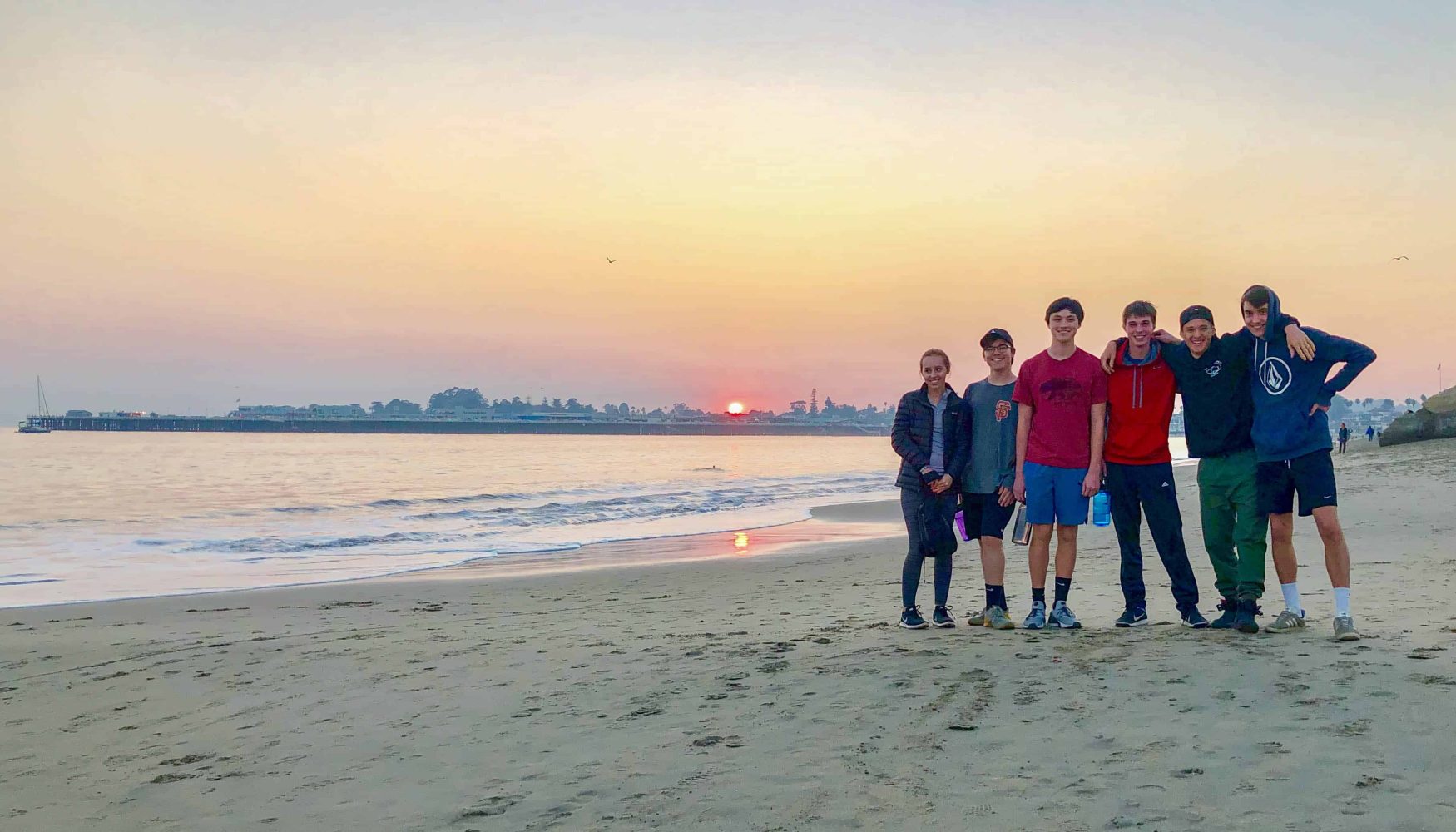
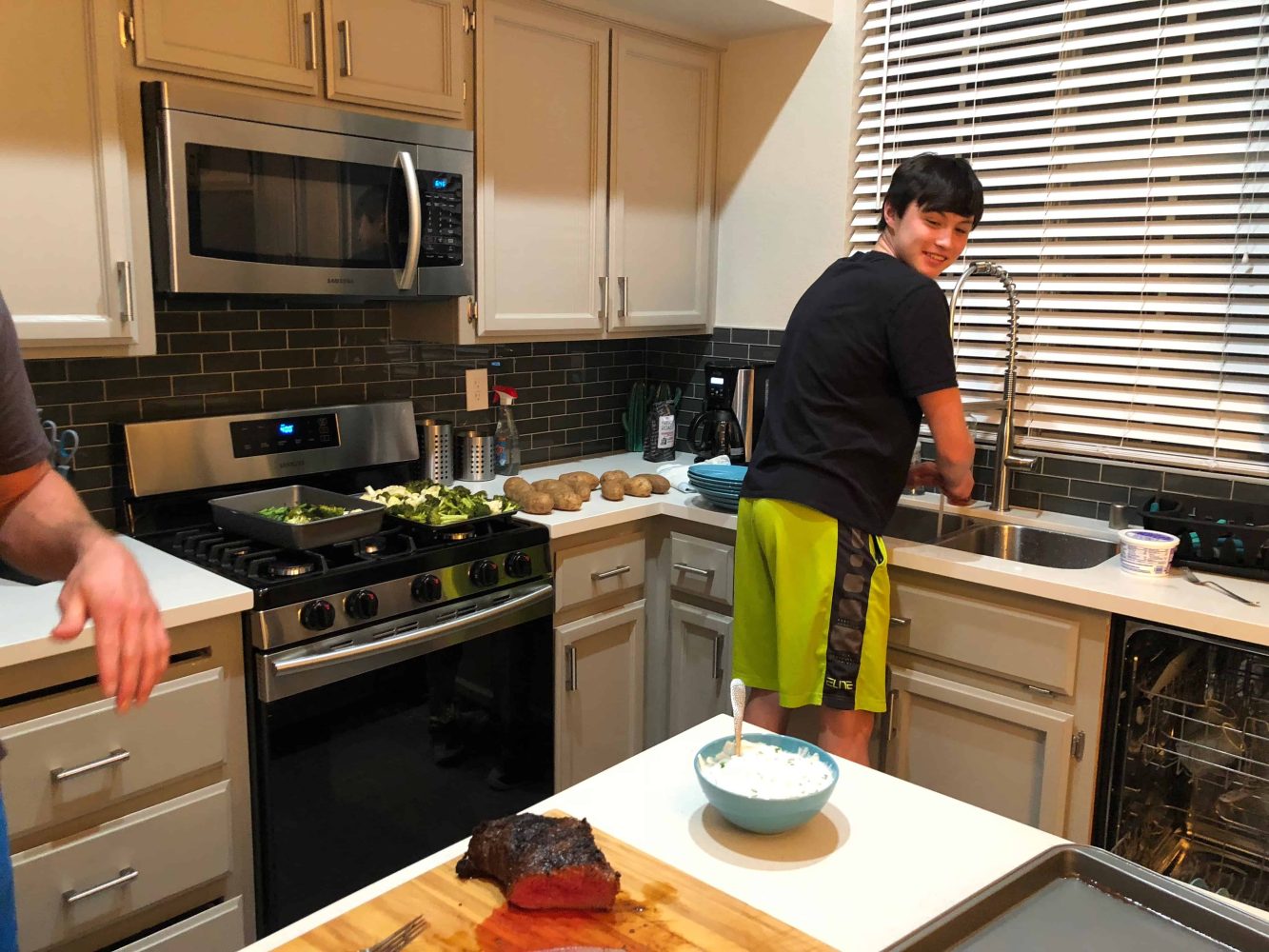
Thank you to our TEA Parents for your support, for entrusting us with your kids, for connecting us with experts, and even providing us with a place to sleep while in the Bay Area. An an extra-special thank you to all of the experts our students interacted with on their Learning Expedition. Those experts included:
Jacob Sills – CEO of Uptrust
Carter Stewart – former US Attorney
Peter Mayfield – Gateway
Julie Hinkle – criminal justice
Chuck Supple – Director of Division of Juvenile Justice
April, Raymond, Nicole, Andreas, Antonio, and Brian – members of Anti-Recidivism Coalition / Formerly incarcerated youth
Kirsten Poulman – teacher at Santa Cruz County juvenile facility
Malcolm Dydo – Director of Freedom Within Prison Project
Jim Dudley – retired SF Police Department, current Criminal Justice professor at SFSU
Jason Bell – Regional Director of Project Rebound
4 Alameda County Probation Officers and 1 retired parole officer
2 residents/workers/formerly incarcerated convicts at the Delancey Street Foundation
Business owners around downtown Santa Cruz
